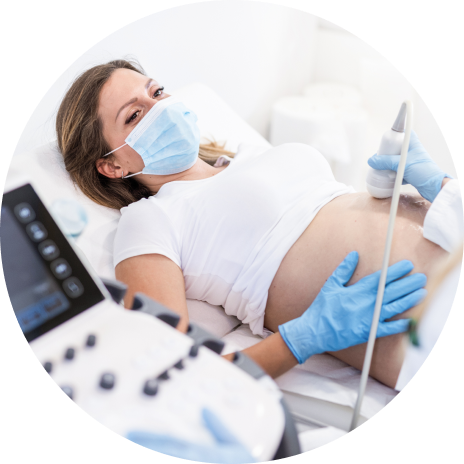
Pregnancy and Blood Pressure Routine: blood pressure and urine protein check up during antenatal care is conducted for the early detection of a condition known as pre-eclampsia, also known as pre-eclamptic toxaemia, or just toxaemia.
Pre-eclampsia is a serious disorder of pregnancy characterised by high maternal blood pressure, protein in the urine and severe fluid retention. It is a fairly common pregnancy complication, and one to two per cent of cases are severe enough to harm the lives of both the mother and the unborn child.
There is no cure for the condition, except delivery of the baby.
The placenta in the uterus is a special organ that allows oxygen and nutrients to pass from the mother’s bloodstream to the baby, and waste products (such as carbon dioxide) to pass from the baby’s bloodstream to the mother. In pre-eclampsia, blood flow to the placenta is obstructed. In severe cases, the baby can be gradually starved of oxygen and nutrients, which may affect it’s growth. All these lead to:
This growth restriction threatens the life of the baby and it may be necessary to deliver the baby prematurely. Another serious complication of pre-eclampsia is abruption, which means the placenta separates from the uterine wall and the woman experiences vaginal bleeding and abdominal pain. This is a medical emergency.
The mother’s blood pressure usually returns to normal as soon as the baby is delivered.
Pre-eclampsia can be asymptomatic, and may develop at any time after 20 weeks of pregnancy but commonly develops during the later stages of pregnancy.
Pre-eclampsia most commonly causes high blood pressure and protein in the urine. Some advanced symptoms include:
